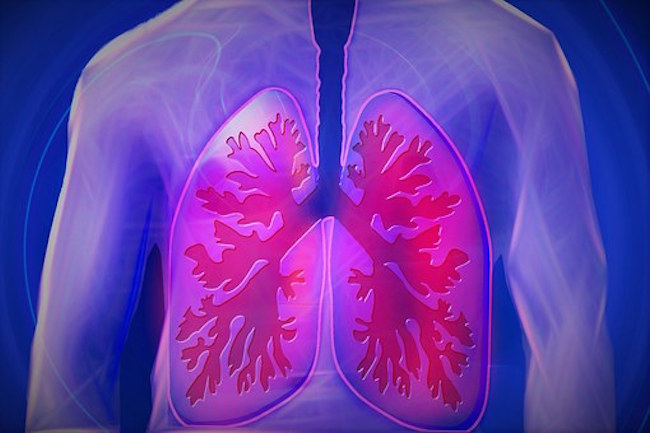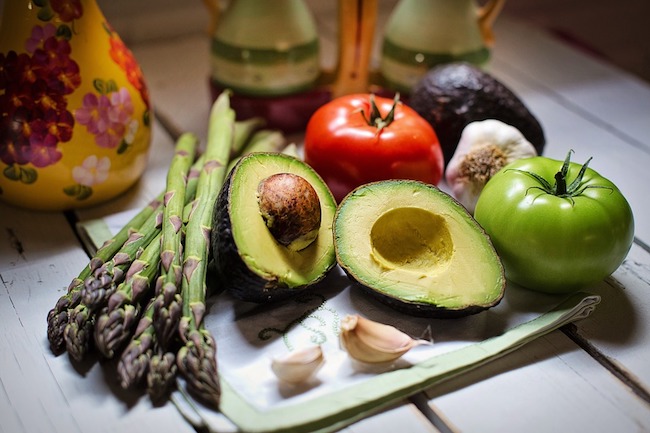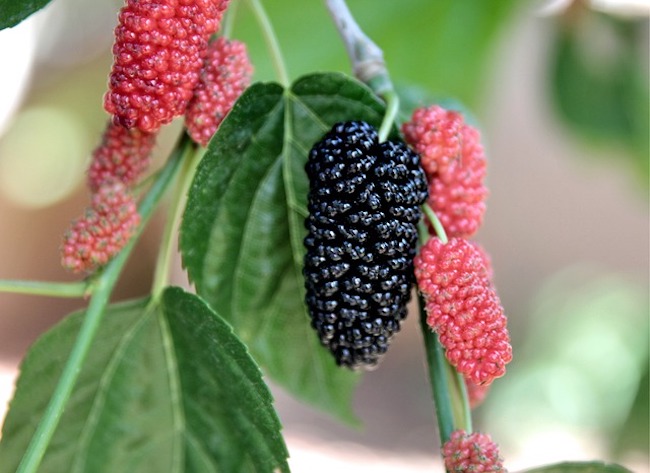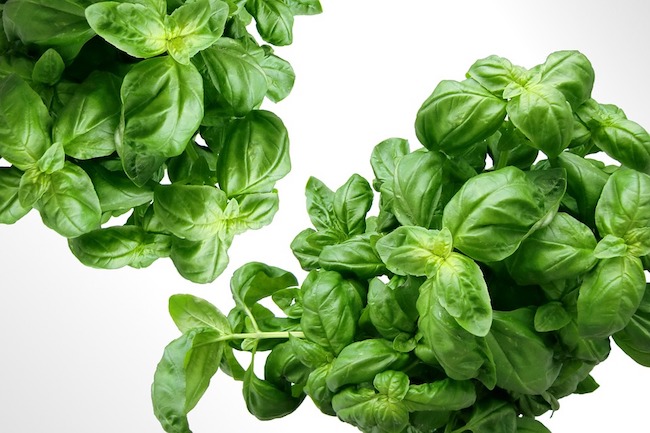6 Bodily Tissues That Can Be Regenerated Through Nutrition By Sayer Ji for Natural Blaze
It may come as a surprise to some, especially those with conventional medical training, but the default state of the body is one of ceaseless regeneration. Without the flame-like process of continual cell turnover within the body – life and death ceaselessly intertwined – the miracle of the human body would not exist
In times of illness, however, regenerative processes are overcome by degenerative ones. This is where medicine may perform its most noble feat, nudging the body back into balance with foods, herbs, nutrients, healing energies, i.e. healing intention. Today, however, drug-based medicine invariably uses chemicals that have not one iota of regenerative potential; to the contrary, they almost always interfere with bodily self-renewal in order to suppress the symptoms against which they are applied.
Despite the outright heretical nature of things which stimulate healing and regeneration vis-à-vis the conventional medical system which frowns upon, or is incredulous towards, spontaneous remission in favor of symptom suppression and disease management, over the course of the past few years of trolling MEDLINE we have collected a series of remarkable studies on the topic…

Nerve Regeneration – There are actually a broad range of natural compounds with proven nerve-regenerative effects. A 2010 study published in the journal Rejuvenation Research, for instance, found a combination of blueberry, green tea and carnosine have neuritogenic (i.e. promoting neuronal regeneration) and stem-cell regenerative effects in an animal model of neurodegenerative disease.[1] Other researched neuritogenic substances include:
- Curcumin
- Lion’s Mane Mushroom
- Apigenin (compound in vegetables like celery)
- Blueberry
- Ginseng
- Huperzine
- Natto
- Red Sage
- Resveratrol
- Royal Jelly
- Theanine
- Ashwaganda
- Coffee (trigonelline)
There is another class of nerve-healing substances, known as remyelinating compounds, which stimulate the repair of the protective sheath around the axon of the neurons known as myelin, and which is often damaged in neurological injury and/or dysfunction, especially autoimmune and vaccine-induced demyelination disorders. It should also be noted that even music and falling in love have been studied for possibly stimulating neurogenesis, regeneration and/or repair of neurons, indicating that regenerative medicine does not necessary require the ingestion of anything; rather, a wide range of therapeutic actions may be employed to improve health and well-being, as well.
[View the first-hand biomedical citations on these neuritogenic substance visit our Neuritogenic Research page on the topic]
Liver Regeneration – Glycyrrhizin, a compound found within licorice, and which we recently featured as a powerful anti-SARS virus agent, has also been found to stimulate the regeneration of liver mass and function in the animal model of hepatectomy. Other liver regenerative substances include:
- Carvacrol (a volatile compound in oregano)
- Curcumin
- Korean Ginseng
- Rooibos
- Vitamin E
[view the first-hand biomedical citations on the Liver Regeneration research page]
Beta-Cell Regeneration – Unfortunately, the medical community has yet to harness the diabetes-reversing potential of natural compounds. Whereas expensive stem cell therapies, islet cell transplants, and an array of synthetic drugs in the developmental pipeline are the focus of billions of dollars of research, annually, our kitchen cupboards and backyards may already contain the long sought-after cure for type 1 diabetes. The following compounds have been demonstrated experimentally to regenerate the insulin-producing beta cells, which are destroyed in insulin dependent diabetes, and which once restored, may (at least in theory) restore the health of the patient to the point where they no longer require insulin replacement.




